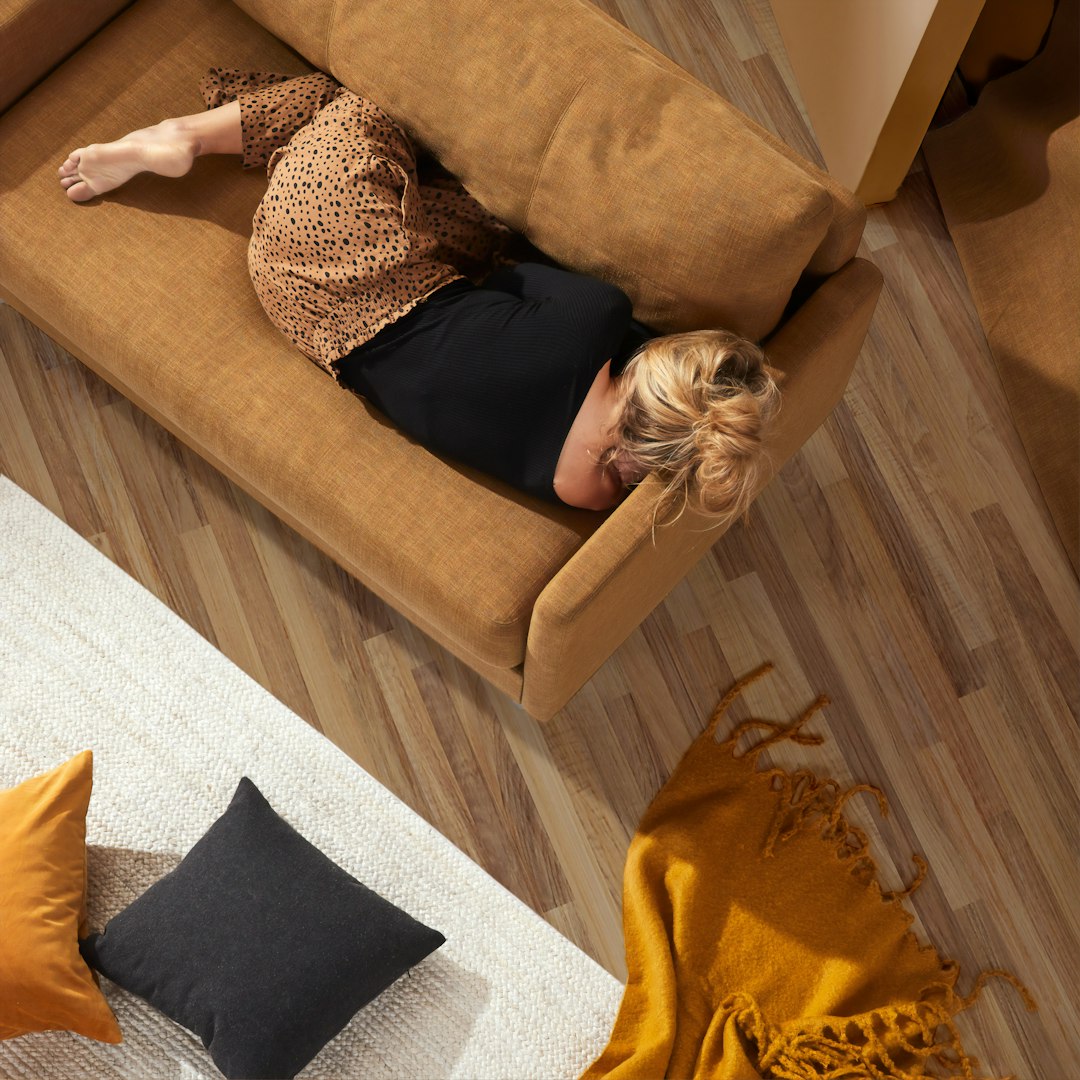Mixing and matching furniture styles in your home can be a fun and creative way to showcase your personality and style. It can also help create a unique and eclectic look that sets your home apart from others. However, mixing and matching furniture styles can be a bit intimidating for some people, as it requires a careful balance of different elements to create a cohesive and harmonious design. In this blog post, we will explore some tips and tricks on how to successfully mix and match furniture styles in your home.
1. Start with a neutral base
When it comes to mixing and matching furniture styles, it’s important to start with a neutral base. This can help create a cohesive look and provide a foundation for the more eclectic pieces you will be adding later on. Choose a neutral color palette for your walls, floors, and larger furniture pieces, such as sofas and dining tables. This will help create a sense of continuity throughout your home and give you more flexibility when it comes to adding in different furniture styles.
2. Think about your personal style
Before you start mixing and matching furniture styles, take some time to think about your personal style and what elements you want to incorporate into your home. Are you drawn to a more traditional, classic look? Or do you prefer a more modern and minimalist approach? Understanding your personal style can help guide your decisions when it comes to selecting furniture pieces that complement each other and create a cohesive design.
3. Mix different textures and materials
One way to successfully mix and match furniture styles is to experiment with different textures and materials. For example, you can pair a sleek and modern glass coffee table with a plush and cozy velvet sofa to create an interesting contrast. Mixing wooden furniture pieces with metal accents can also add visual interest and create a balanced look. Don’t be afraid to mix and match different textures and materials to create a unique and personalized space.
4. Layer in different furniture styles
Once you have established a neutral base and have a good understanding of your personal style, it’s time to start layering in different furniture styles. Mix and match traditional pieces with modern ones, or incorporate vintage finds with contemporary furniture. Experiment with different shapes, colors, and patterns to create a dynamic and visually appealing space. When mixing different furniture styles, it’s important to also consider scale and proportion to ensure that everything works together harmoniously.
5. Use color to tie everything together
Color can be a powerful tool when it comes to mixing and matching furniture styles in your home. Use a consistent color scheme or a few key colors to tie everything together and create a cohesive look. For example, you can use a bold, statement color on an accent wall or in a few key furniture pieces to create a focal point in a room. Incorporating pops of color through accessories, such as throw pillows, rugs, and artwork, can also help unify different furniture styles and create a cohesive design.
6. Don’t be afraid to mix patterns
Mixing patterns can add depth and visual interest to a space, but it can also be a bit tricky to pull off successfully. When mixing patterns, consider the scale and proportion of the patterns to ensure that they work well together. You can mix different patterns, such as florals, stripes, and geometric prints, as long as they share a common color palette or style. Mixing patterns on different furniture pieces, such as a patterned sofa with a striped armchair, can create a playful and eclectic look that adds character to your home.
7. Experiment with different furniture layouts
When mixing and matching furniture styles in your home, don’t be afraid to experiment with different furniture layouts to find the best arrangement for your space. Play around with different furniture configurations to see what works best and creates a harmonious flow. You can try placing furniture pieces at different angles, creating conversation areas, or using furniture to define different zones within a room. Don’t be afraid to think outside the box and try unconventional layouts to create a unique and dynamic space.
8. Create a balanced and cohesive design
While mixing and matching furniture styles can create a unique and eclectic look, it’s important to create a balanced and cohesive design to prevent your space from feeling cluttered or chaotic. Make sure to balance different furniture styles and elements throughout your home to create a sense of harmony and unity. You can achieve this by repeating certain colors, textures, or patterns throughout different rooms, or by using similar furniture pieces to tie everything together. Creating a sense of balance in your home can help create a comfortable and visually appealing space that reflects your personal style.
In conclusion, mixing and matching furniture styles in your home can be a fun and creative way to showcase your personality and style. By starting with a neutral base, thinking about your personal style, mixing different textures and materials, and experimenting with different furniture layouts, you can create a unique and personalized space that reflects your individuality. Don’t be afraid to mix patterns, use color to tie everything together, and create a balanced and cohesive design to create a harmonious and visually appealing home. Whether you prefer a more traditional, classic look or a more modern and eclectic style, there are endless possibilities when it comes to mixing and matching furniture styles in your home. Follow these tips and tricks to create a space that is as unique and individual as you are.


